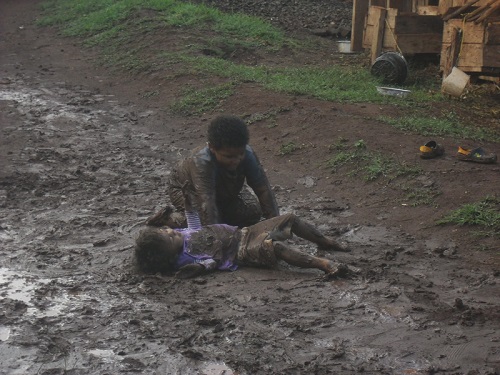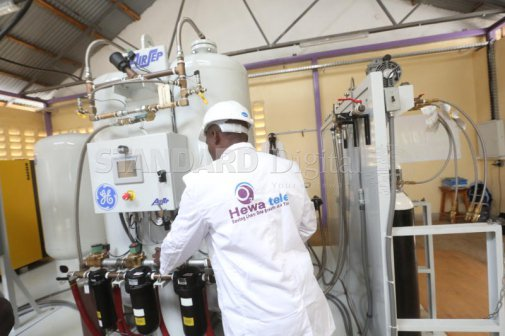
Vaccine reduces pneumonia by half
In June/July this year, I did a bit of blogging on the pneumococcal vaccine while attending a meeting in which results of the introduction of pneumococcal vaccines in Africa were discussed (http://pcvis.org). But I did not place in this blog the main result of that meeting – since the introduction of the vaccine in Kenya, how many cases of pneumonia have been averted? How did I not put this in my blog…. I want to imagine my brain is still working ok, but sometimes I wonder….
Just to remind you that since its introduction in Kenya in 2011, PCV 10 has been administered alongside other infant vaccinations at 6, 10 and 14 weeks of age.
The aim of the vaccine is to protect children against diseases brought about by pneumococcal bacteria invading the body. Pneumococcal bacteria are normal inhabitants of the back of our noses but they sometimes invade our bodies. When they invade the lungs, they cause pneumonia. If they invade the lining of the brain, this leads to meningitis and if they invade the blood, sepsis. Invasion of the body by these normally benign bacteria tends to occur among those with weak immune system like children under the age of 5 years, the elderly and those who are immunocompromised in any way.
Bear in mind that PCV10 is called 10 because it protects against 10 types of pneumococcal bacteria– there are about 90 types but these 10 are the most lethal times. If you read about PCV vaccines, you will find PCV7, PCV13 etc, all letting you know how many types of pneumococcal bacteria the vaccine protects against.
So why are the results of this vaccine trial so critical?
Although this vaccine was known to be effective in many countries, in some places it has provided only temporary relief. Studies conducted among native Indians in America found that once this vaccine had cleared the most lethal bacteria in the back of the noses of children, other bacteria took their place and they were equally bad and so the vaccine did not have a much benefit. It was critical that if this happened in Kenya, it was detected early to avoid unnecessary waste of resources.
The vaccine is also not cheap.
(http://healthkenya.co.ke/thinking-ahead-who-will-pay-for-vaccines/)
The government needed to know that it would be getting value in terms of disease and deaths averted by bringing on board this vaccine.
A study known as the Pneumococcal Conjugate Vaccine Impact Study (PCVIS) was conducted in Kilifi using the largest demographic surveillance system in Africa which links hospital and laboratory data in a population of over 280,000 people. Most children from this population are admitted within the Kilifi County Hospital and their diagnosis is known. So there was data about pneumonia admissions before the vaccine was introduced and for 4 years after PCV10 started being administered in the area. It is worth noting that in Kilifi, there was a catch-up campaign to ensure that all children under 5 years of age were all immunised.
Dr Borromley and Dr Silaba studied pneumonia in children under 5 years of age that had been admitted at the Kilifi District (now County) Hospital from 2006 to 2014. They decided to use only the data from X-ray confirmed pneumonia to compare pre-vaccination and post-vaccination rates of pneumonia. About 595 X-ray positive pneumonia were found during this period.
Comparing pre-vaccine and post-vaccination period, these scientists found that the introduction of PCV10 reduced X-ray positive pneumonia by 48%. They concluded that PCV 10 introduction would avert 30,000 hospital admissions per year in children under 5 years of age in Kenya.
A vaccine that reduces X-ray positive pneumonia by almost half and takes away the cost and emotional turmoil from caretakers who would have to watch helplessly as 30,000 children under 5 admitted for pneumonia each year, suffer – is certainly worth it!
Comments
Comments are closed.






mary njeri mwakughu
Wow! Great piece of information. So the jab to my son during the Child Welfare Clinic visits was worth it!
thanks for telling the success story; most great things happen but they go untold.